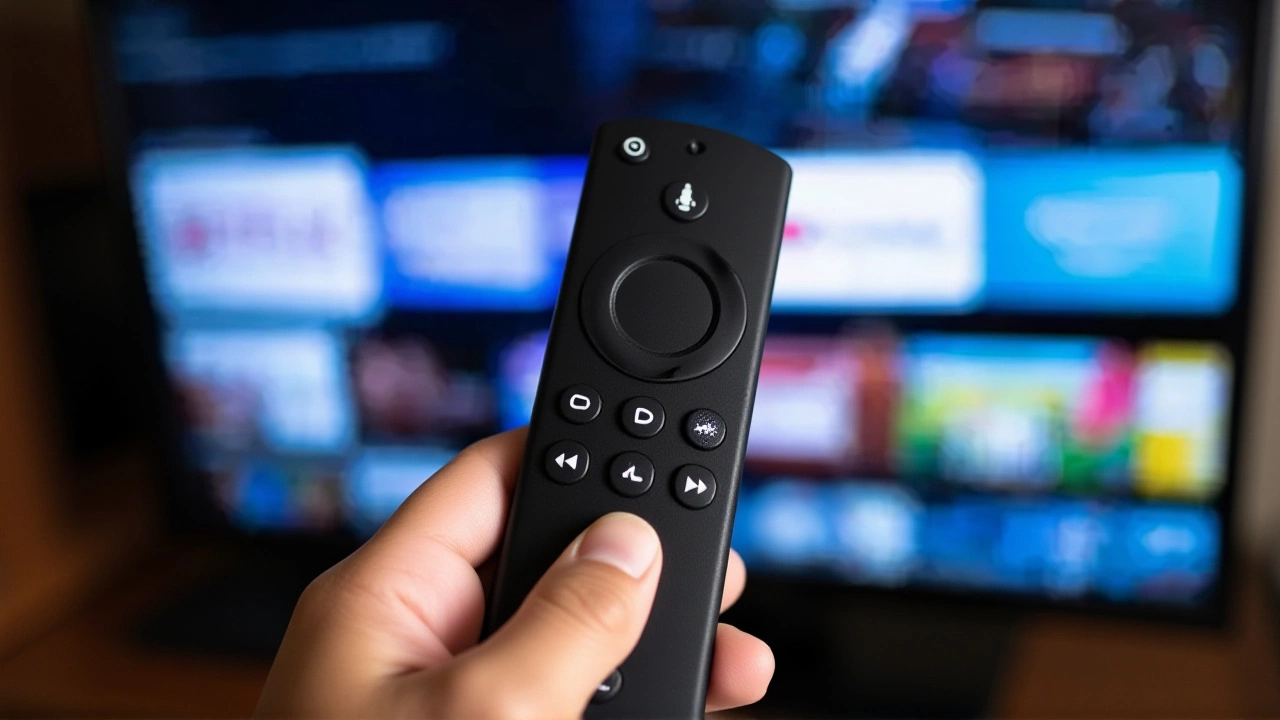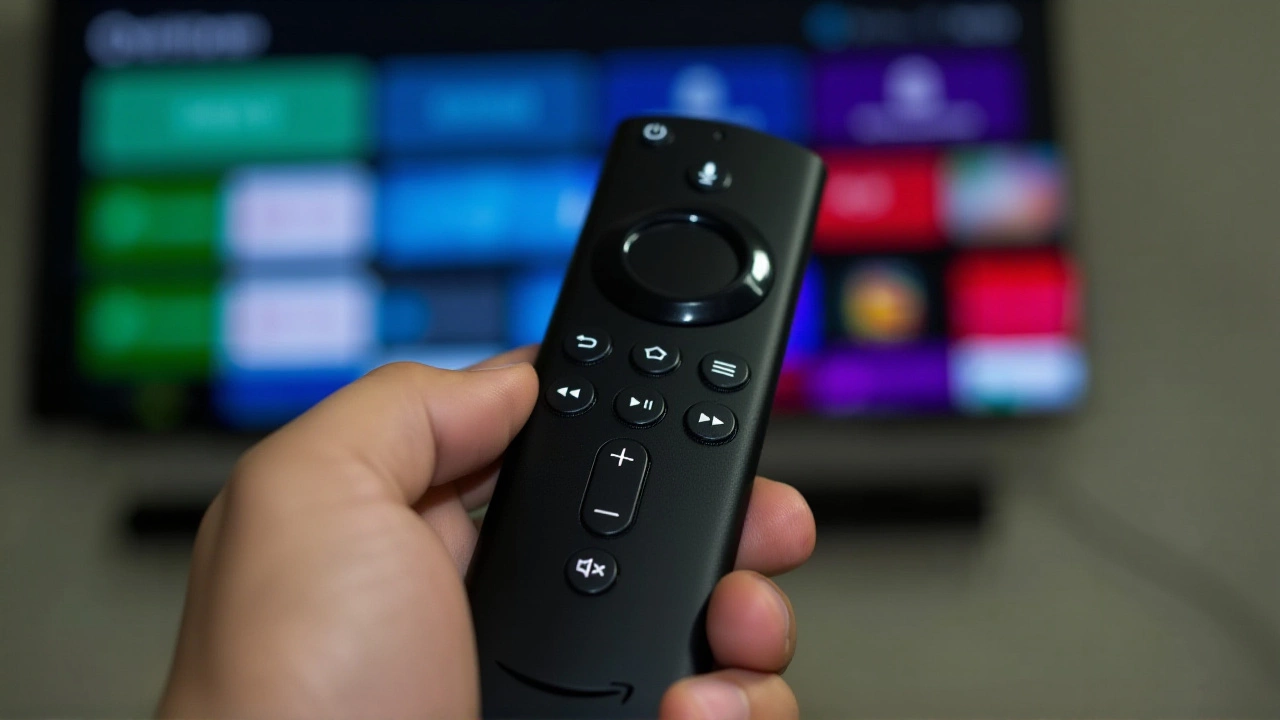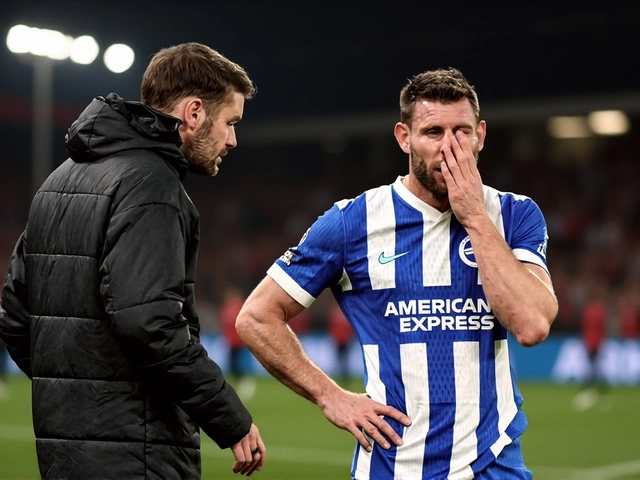Starting October 31, 2025, Amazon began quietly disabling apps that stream pirated movies, live TV, and sports on Fire TV devices — not with a loud announcement, but with a silent, two-stage block. Users attempting to open flagged apps now see a plain "not permitted" message before the app refuses to launch entirely. The move, confirmed by Amazon to multiple tech outlets and detailed in a November 2, 2025 report from unboxd.tech, is the result of a coordinated effort with the Alliance for Creativity and Entertainment (ACE), the global anti-piracy coalition that maintains a blacklist of illicit streaming applications. This isn’t about banning sideloading outright — it’s about surgically removing the tools that turn legal hardware into piracy gateways.
How the Block Works — And Why It’s Sneaky
The system doesn’t require users to update their devices. Amazon’s backend automatically checks installed apps against ACE’s ever-growing list of known piracy tools. If there’s a match — say, an IPTV app offering premium NFL games for $5 a month — the device silently flags it. The first time you try to open it, you get a warning. The second time? Gone. No reboot. No settings menu. Just a dead app icon.
What makes this different from past efforts is its precision. Earlier crackdowns targeted entire app stores or forced firmware updates. This? It’s like a bouncer at a club who only kicks out people with known fake IDs — everyone else walks right in. Older Fire TV boxes running Fire OS still let you sideload apps from USB drives or third-party sources. But if those apps are on ACE’s list? They’re dead on arrival.
Phased Rollout: Europe First, Then the World
The rollout didn’t hit every country at once. It started in Europe, with France and Germany seeing the first blocks in late October. By mid-November, the same restrictions appeared in the United Kingdom and United States. That’s no accident. These are markets with strong copyright enforcement, high Fire TV adoption, and significant piracy activity — particularly around live sports.
According to unboxd.tech’s November 14, 2025 follow-up, the system is now expanding to Canada, Australia, and parts of Latin America. Global coverage is expected to be complete by early 2026. The staggered approach gives Amazon time to fine-tune the detection engine and avoid backlash from users who might mistake the block for a system error.
What’s Targeted — And What’s Not
Amazon is clear: it’s not going after Kodi, VLC, or even custom launchers. It’s targeting apps that bundle copyrighted content without licensing — the kind you find on forums, Telegram channels, or shady websites offering "lifetime subscriptions" to 5,000 live TV channels. Think: Televizo, Netflix++, SportsZone HD, or any app that claims to offer "free" Premier League matches.
Even apps downloaded from the official Amazon Appstore aren’t safe. If one of those apps later gets added to ACE’s list — perhaps because its developer started embedding pirated streams — Amazon will pull the plug. That’s a shift from past policies, where app store approval was seen as a guarantee of legitimacy. Now, it’s just the starting point.
The Vega OS Divide: New Devices, Fewer Choices
There’s a growing two-tier system in Amazon’s ecosystem. The new Fire TV Stick 4K Select, released earlier this year, runs Vega OS — a locked-down version that doesn’t allow sideloading at all. No APKs. No unknown sources. Just the Appstore. It’s Amazon’s vision of a "clean" streaming experience.
Older models — Fire TV Stick (3rd Gen), Fire TV Cube, and earlier Fire TVs — still allow sideloading. But now, even those devices are being monitored. The message is clear: if you want flexibility, you accept responsibility. And Amazon will enforce the rules.

VPNs Don’t Bypass the Block — Here’s Why
Many users assumed they could outsmart the system with a VPN. They were wrong. A VPN changes your IP address, not the app’s fingerprint. Once an app is flagged by ACE and added to Amazon’s backend database, it’s blocked regardless of where you’re connecting from. The app’s code, its server URLs, its digital signature — all are checked locally on the device. No amount of routing through Amsterdam or Singapore will revive a dead app.
That’s a technical detail most users missed. Amazon didn’t just block traffic — it blocked the software itself. Think of it like a car with a built-in ignition lock that won’t start if the key isn’t authorized. The GPS doesn’t matter. The key is either valid or it isn’t.
What’s Next? The 2027 Verification Mandate
While the current crackdown targets existing piracy apps, Amazon is laying groundwork for something bigger. A November 14, 2025 report from unboxd.tech referenced a future requirement: "Apps installed outside the Play Store will need to come from verified developers."
Wait — Play Store? That’s Google’s ecosystem. Amazon doesn’t use Android’s Play Store. It uses its own Appstore. This suggests either a sloppy report — or a deeper alignment between Amazon and Google’s anti-piracy strategies. Either way, by 2027, Amazon may require all sideloaded apps to be signed by verified developers, potentially creating a whitelist system similar to Apple’s iOS. That would be a seismic shift for the Fire TV modding community.
Why This Matters
This isn’t just about stopping pirates. It’s about Amazon reclaiming control of its platform. For years, Fire TV was the favorite of tech-savvy users who wanted to turn their TVs into Netflix-and-chill hubs with unlimited content. But that freedom came at a cost: brand dilution, copyright lawsuits, and declining ad revenue for legitimate content partners.
By partnering with ACE, Amazon turns a technical problem into a legal one — outsourcing the heavy lifting of identifying piracy apps to a well-funded industry group. It’s smarter, cheaper, and less controversial than building its own detection engine from scratch.
For consumers? It’s a trade-off. Fewer free options. More reliability. Less chaos. But also less choice. And for the millions who rely on these apps — often because they can’t afford cable or live in regions with limited legal streaming options — this crackdown feels less like protection and more like exclusion.
Frequently Asked Questions
Will my Fire TV still let me install apps from outside the App Store?
Yes — but only if they’re not on ACE’s piracy blacklist. Older Fire TV models still support sideloading via USB or ADB, but any app flagged by ACE will be blocked from launching, even if it was installed legally. The ability to install apps remains; the ability to run pirated ones does not.
What happens if I use a VPN with my Fire TV?
VPNs won’t help you bypass app blocks. The restriction is applied at the software level — not the network level. Even if you connect through a server in another country, the app’s code is checked locally on your device. If it’s on ACE’s list, it won’t open. VPNs can still hide your IP for privacy, but they can’t revive dead apps.
Are apps from the Amazon App Store safe now?
Not necessarily. Amazon now monitors apps in its own store too. If an app originally approved by Amazon later starts distributing pirated content — say, after a developer update — it can be instantly blacklisted and blocked. App store approval is no longer a guarantee of legitimacy.
How many apps are affected by this crackdown?
Amazon hasn’t released an exact number, but ACE’s public blacklist includes over 200 known piracy apps as of late 2025, with dozens added monthly. Most target live sports, premium movies, and international TV channels. The actual number of installed apps on user devices is likely much higher due to variations and clones.
Why did Amazon wait until 2025 to act?
Amazon tolerated sideloading for years because it helped drive Fire TV adoption. But as piracy grew — especially around live sports — studios and broadcasters pressured Amazon to act. The launch of the Fire TV Stick 4K Select with Vega OS signaled a shift toward control. The ACE partnership was the final piece: a legal shield and a ready-made blacklist.
Is this the end of Fire TV customization?
For power users, it’s a major step backward. But it’s not the end. Developers are already working on new ways to bypass detection, and communities are migrating to Android TV boxes or Raspberry Pi setups. Amazon is trying to make Fire TV a closed garden — but the weeds always find a way.





